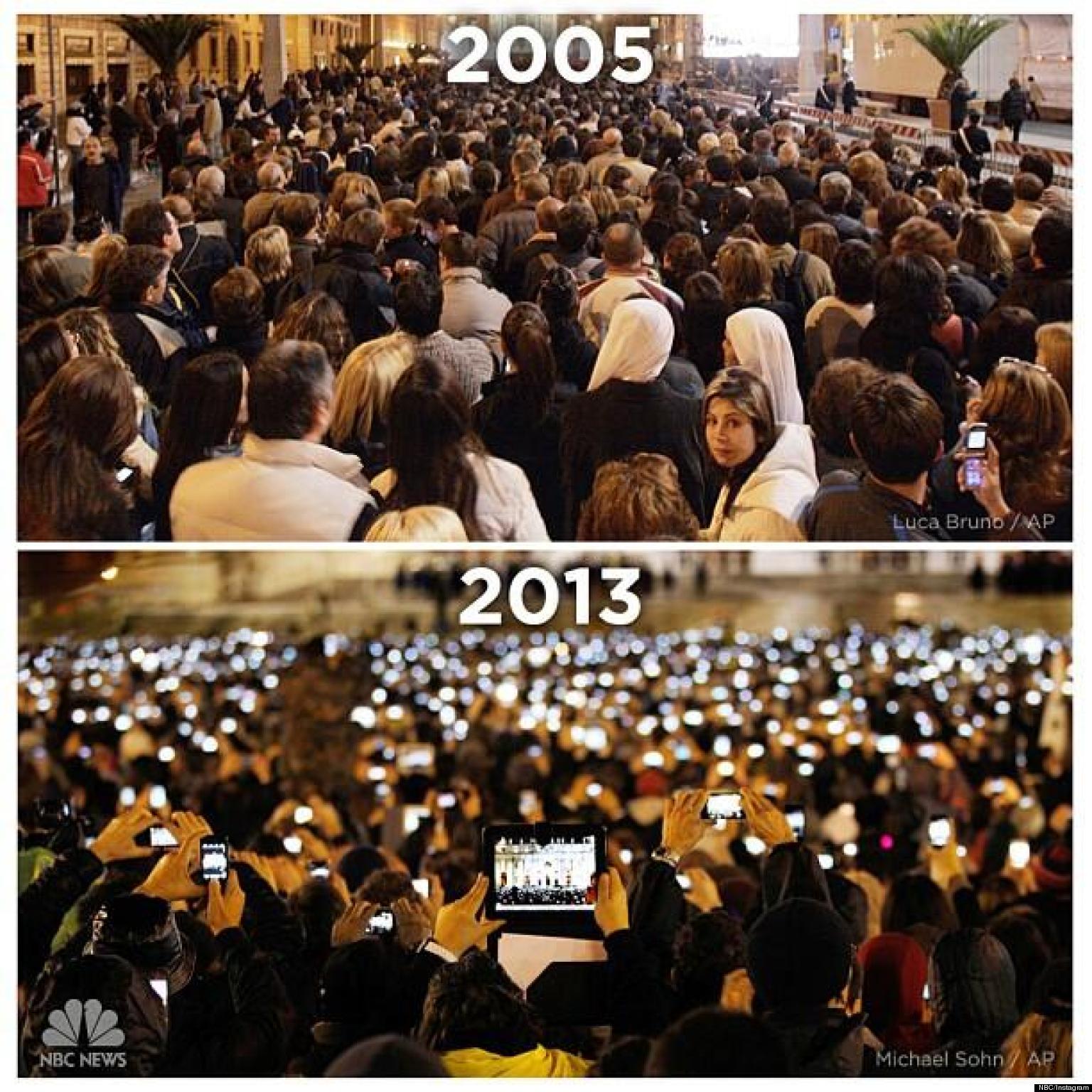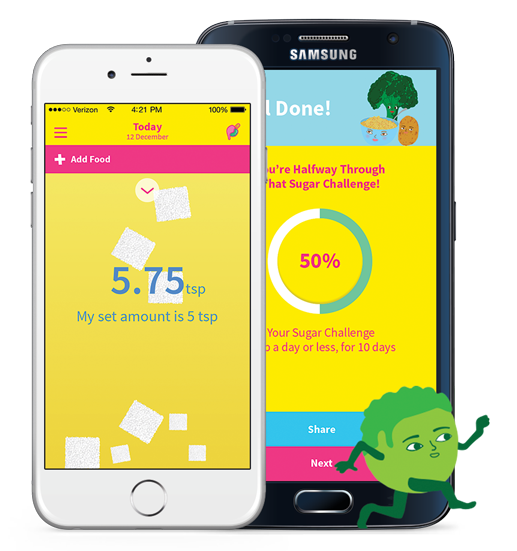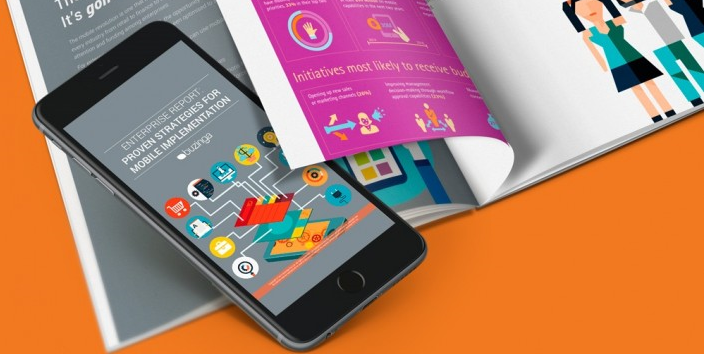What You Can Learn From That Sugar App When Adding Mobile To Your Portfolio
Introducing Matt Craike. A Senior Project Manager at Buzinga, Matt has a strange variety of skills which just happen to be perfect for this industry. A previous account, he’s also an analytical mastermind, cinematographer and a digital marketing enthusiast.
I’ve luckily been able to work with one of my favourite brands – That Sugar Film – for the past several months, managing the project for That Sugar App at Buzinga.
If you’ve been avoiding the media, That Sugar Film was released at the start of this year.
If you haven’t seen the movie, I highly recommend that you do.
I promise, that it will change your life.
This is the synopsis:
“Damon Gameau embarks on a unique experiment to document the effects of a high sugar diet on a healthy body, consuming only foods that are commonly perceived as ‘healthy’. Through this entertaining and informative journey, Damon highlights some of the issues that plague the sugar industry, and where sugar lurks on supermarket shelves. THAT SUGAR FILM will forever change the way you think about ‘healthy’ food.”
The film also includes a book, and as of the 20th of July ’15, a mobile app.
Today I wanted to share with you some knowledge on expanding your product suite to include an integrated mobile platform.
This isn’t the first brand I’ve worked on that has used mobile to implement this strategy, but it is one that has been executed to perfectly suit the needs of their community.
I’ll be referring to their strategy throughout the post.
As the guys often talk about on the Buzinga blog, mobile isn’t one solution, it’s part of an omni-channel experience.
So what’s an integrated product suite?
As you can probably guess, it’s basically a series of products that work together to solve specific problems your target audience is experiencing.
It’s not simply creating a new product, like a new chocolate flavour. (I’m really digging Cadbury’s new vegemite chocolate at the moment…)
The idea is that you provide your community with different experiences in as many channels as possible. It expands not only your offering but also your audience.
The most successful company in the world to apply this strategy is Apple.
They’ve built an entire ecosystem of products that interact through a platform (iTunes), yet different products cater for different needs.
That Sugar Film (TSF) offers not only a highly entertaining documentary, but also a physical book with bonus education and challenges, and now a mobile app that continues the experience.
Applying an integrated product suite expands both reach and engagement by offering a solution to delight your existing customers, while also inviting new customers into your community.
How can you apply this strategy to your own business?
First, you need to assess your target audience. How are they currently interacting with your business?
A great way to evaluate this is to build a flow-chart of current touch-points with your customers.
I’m a big advocate for white-boarding, so spend a few hours drawing up every interaction with your customers that you currently have.
Now… That part was easy – you know exactly what your current strategy is.
The second part is where you need to put your ‘Steve Jobs’ thinking cap on.
Analyse your whiteboard and try to see the gaps.
Developing an integrated product suite isn’t easy and often involves inventing totally new experiences that were otherwise non-existent.
You need to identify 3 things:
1. Problems your audience may be experiencing.
2. Audiences you are alienating with your current product offering.
3. Current experiences that don’t exist in your market.
Let’s apply this concept to That Sugar Film:
1. Problems that your audience may be experiencing.
Due to poorly packaged food, misleading beverage labelling, and ambiguous ‘hidden’ sugars in consumable products, TSF’s audience were unable to properly identify and track how much sugar they were consuming on a daily basis.
Whilst they had been educated about the dangers of excess sugar consumption, they were still left ‘duped’ by modern food marketing tactics.
Hidden sugars including; rice syrup, corn starch, mollasses, fruit juice, grape extract, unlabelled and other harmful sugars were going un-noticed in a diet that the educated audience would otherwise avoid if they were aware.
These were particularly found in children’s healthy snack foods, including fruit juices and ‘healthy’ muesli bars.
2. Audiences that you are alienating with your current product offering.
The current product offering of That Sugar Film included a hugely successful book and film.
But it alienated an audience who:
- Don’t have time to ‘Google’ ambiguous ingredients and manually track and measure the amounts of sugar they were consuming,
- Don’t have time to read a book or watch a film
- Were already educated on the issue and
- Children who were too young to comprehend the film or the book.
3. Current experiences that don’t exist in your market.
TSF analysed the health food market and found a gap in mobile technology that provided an educational yet entertaining experience around the dangers of excess sugar consumption that could be integrated into the daily routine of both children and time-poor adults.
Acknowledging these three key insights, TSF decided that the best solution was to build an integrated mobile platform that addressed the gaps.
The result was That Sugar App, a mobile application that connected to the packaged food product database of The George Institute of Global Health (TGI). This app is able to measure, analyse and track all sugars in packaged products. and also hold a database of sugars in ‘everyday menu items.’
It also hosts bonus information that is available on the website and in the film and book. In other words, it serves as an integrated mobile platform.
Addressing the needs of time-poor and educated adults, the mobile app allows you to quickly scan the barcode of products, with sugars in the product instantly converted into ‘teaspoons’ to allow users to track and measure sugar intake.
It also offers ‘That Sugar Challenge’, a gamified experience set to punish users by stripping colour out of the app when sugar levels are reaching ‘dangerous’ levels.
A build up of sugar cubes visually represents how much sugar has been consumed.
The gamification of the experience is aimed to particularly engage young children, who can easily take ‘That Sugar Challenge’ themselves, and be entertained by dynamic movement in the main screen.
Why Mobile?
Without being biased working for a mobile app development company, we all know that mobile is the most powerful and influential platform in the world.
To put the power of mobile in perspective, check out these stats:
Time It Took For Platforms To Reach 50 Million Users
Radio – 38 years
TV– 13 years
Internet – 4 years
Facebook – 3.5 years
Instagram – 6 months
Angry Birds – 35 days
Source: Huffington Post
When expanding your product suite to include an integrated mobile platform, you must be offering your customers value beyond what a website or a physical interaction could offer.
It must address the key insights from your research that I mentioned above, and offer a unique experience that attracts new users and delights your customer.
But it’s not easy.
I’d recommend seeking consultation from mobile professionals who would be open to working with you on designing an effective strategy.
I’ve seen many companies attempt to build a mobile platform that is just a replica of their website and is completely unnecessary.
But opportunities like That Sugar App, which offer their audience real, useful value, truly integrate and compliment their entire product offering.
There are plenty of examples from great companies who have successfully executed an integrated product suite, but I’m excited today that That Sugar App has skyrocketed to #1 on the Appstore for health and fitness!
They’ve brilliantly executed a successful integrated strategy, and I’m stoked that I was able to play a part in the technical delivery of this application.
Want to learn how the pros are achieving mobile ROI within 1 year? Download our enterprise mobility report below…







